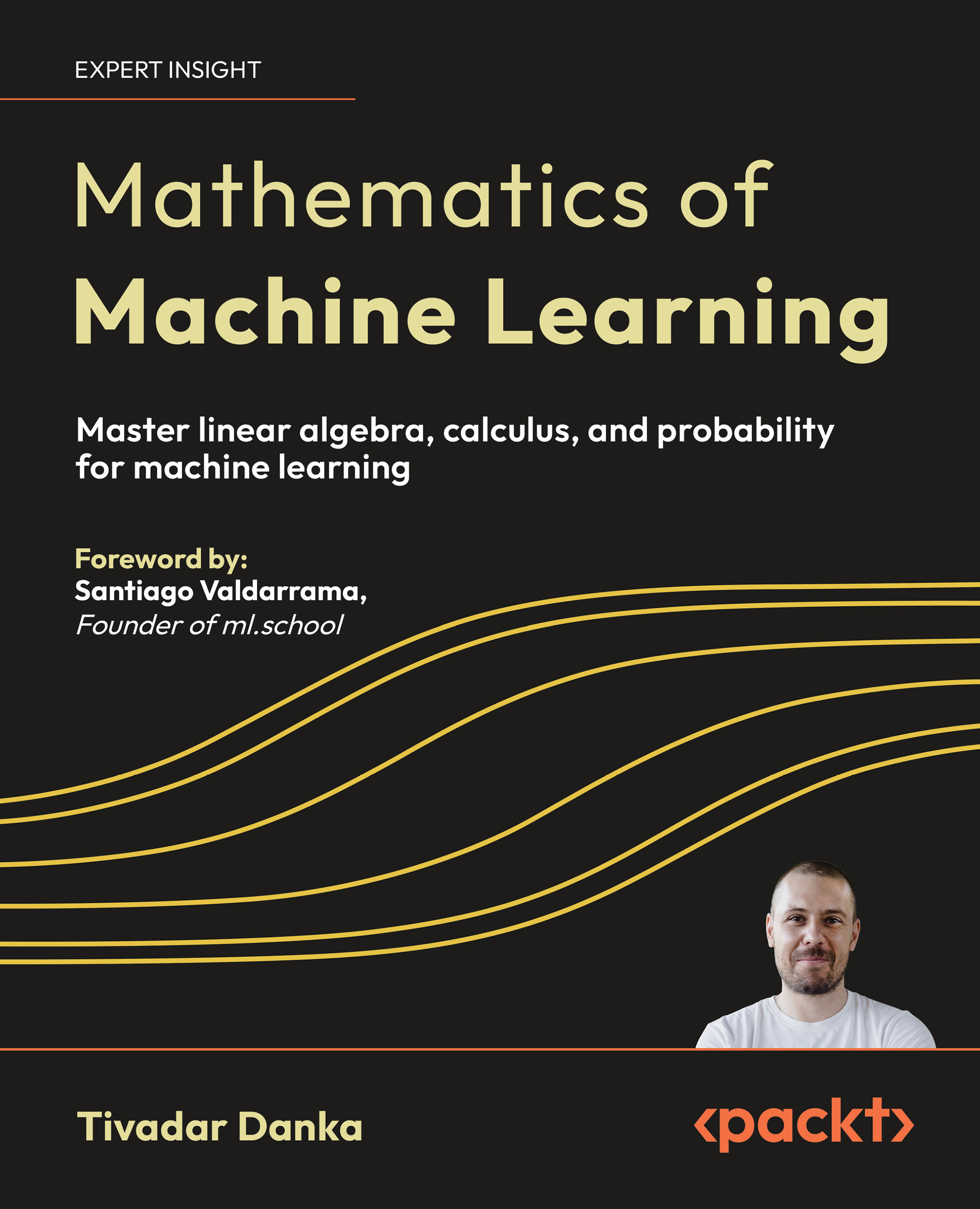11
Topology, Limits, and Continuity
In the previous chapter, we learned all (that’s relevant to us) about numbers, sequences, and series. These are the foundational objects of calculus: numbers define sequences, sequences define limits, and limits define almost every quantity that interests us. However, there’s a snag. Let’s look ahead and take a look at the definition of the derivative:

If you’re feeling a sense of déjà vu, don’t be surprised. We looked at this exact formula in the introduction of the previous chapter as well, and we are much closer to understanding it. We have learned about limits, but there seems to be an issue: limits were defined in terms of sequences, and the expression limx→ywhatever(x) does not seem to be it.
What is it, then? This is what we’ll learn in this chapter, starting with the topology of real numbers. Let’s go!
































































